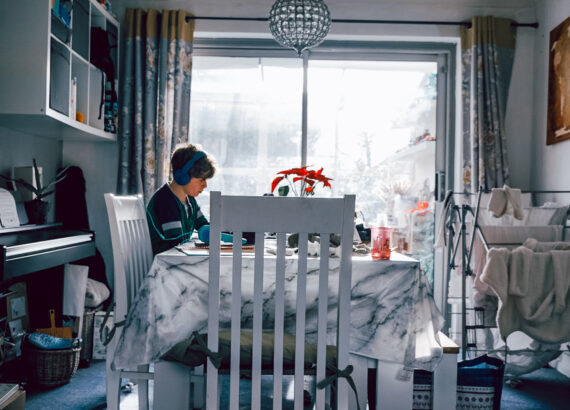After pregnancy, it is entirely natural for a new mother’s attention to be consumed by the care of her new born baby. It is, however, just as important for women to monitor their own health in the time that follows childbirth, with evidence supporting that some factors related to pregnancy may increase the risk of certain types of breast and gynaecologic cancers.
 The most common of these is breast cancer. After giving birth, women experience a short-term increase in the risk of breast cancer which declines after about 10 years. The reason for this has never been officially proven, however researchers believe that it may be due to the rapid growth of dense breast cells during pregnancy.
The most common of these is breast cancer. After giving birth, women experience a short-term increase in the risk of breast cancer which declines after about 10 years. The reason for this has never been officially proven, however researchers believe that it may be due to the rapid growth of dense breast cells during pregnancy.
Another key factor of pregnancy which effects the risk of breast cancer tends to be the age at which a woman first gives birth. It is said that the older a woman is when she has her first full-term pregnancy, the higher her risk of breast cancer, with studies revealing that women who give birth for the first time after the age of 35 are 40 percent more likely to get breast cancer than women who have their first child before the age of 20.
Females are encouraged to regularly check the condition of their breasts, looking out for lumps, swelling or thickened tissue, as well as changes in breast shape or size. Close attention should also be paid to the nipples, reporting any rashes, dimpling or discharge to a GP.
Despite the previous statistics seeming to be a cause for concern, women who have their first child at age 35 or younger are actually gaining an overall protective benefit from pregnancy. Although the risk of breast cancer slightly increases for about 10 years after the first birth, it then drops below the risk of women who don’t have children. Further to this, the younger a woman is when she has her first child, the sooner she will get the risk reduction benefit.
In addition to this, women may be reducing their long-term risk of breast cancer if they choose to have several children. This is due to hormones released during pregnancy which generate genetic changes in the mammary glands which in turn allow mature breast cells to protect against breast cancer. However this is at the detriment of increasing a woman’s risk of developing other types of cancer, with studies revealing that the risk of cervical cancer increases with the birth of each child.
Cervical cancer is the 12th most common cancer among females in the UK and researchers warn that women who have two children have twice the risk of developing it compared to women who don’t have any children. More than 99% of cervical cancer cases occur in women who have been previously infected with human papillomavirus (HPV) and although the link between cervical cancer and childbirth remains unclear, the NHS cites one theory suggesting that the hormonal changes which occur during pregnancy make the cervix more vulnerable to the effects of HPV. Females should look out for vaginal bleeding occurring outwith their expected monthly periods and particularly after intercourse.
Further to cervical cancer, pregnancy also plays a role in the growth of an extremely rare yet fast-growing form of cancer called tumour called choriocarcinoma. The abnormal cells grow in the placenta tissue and shares similar symptoms to cervical cancer however statistics have reported it to be extremely uncommon, occurring in only 1 out of every 40,000 pregnancies.
Despite these statistics being associated with pregnancy, it is important to highlight that women who have never been pregnant are also faced with a higher risk of breast cancer. This is due to the fact that they have been exposed to more oestrogen over their lifetime – a hormone which is known to promote breast cancer growth. It is therefore essential that we are vigilant with our bodies at all stages of our life, whether we have experienced pregnancy or not.
Photos taken by my husband, Custardface Photography.






